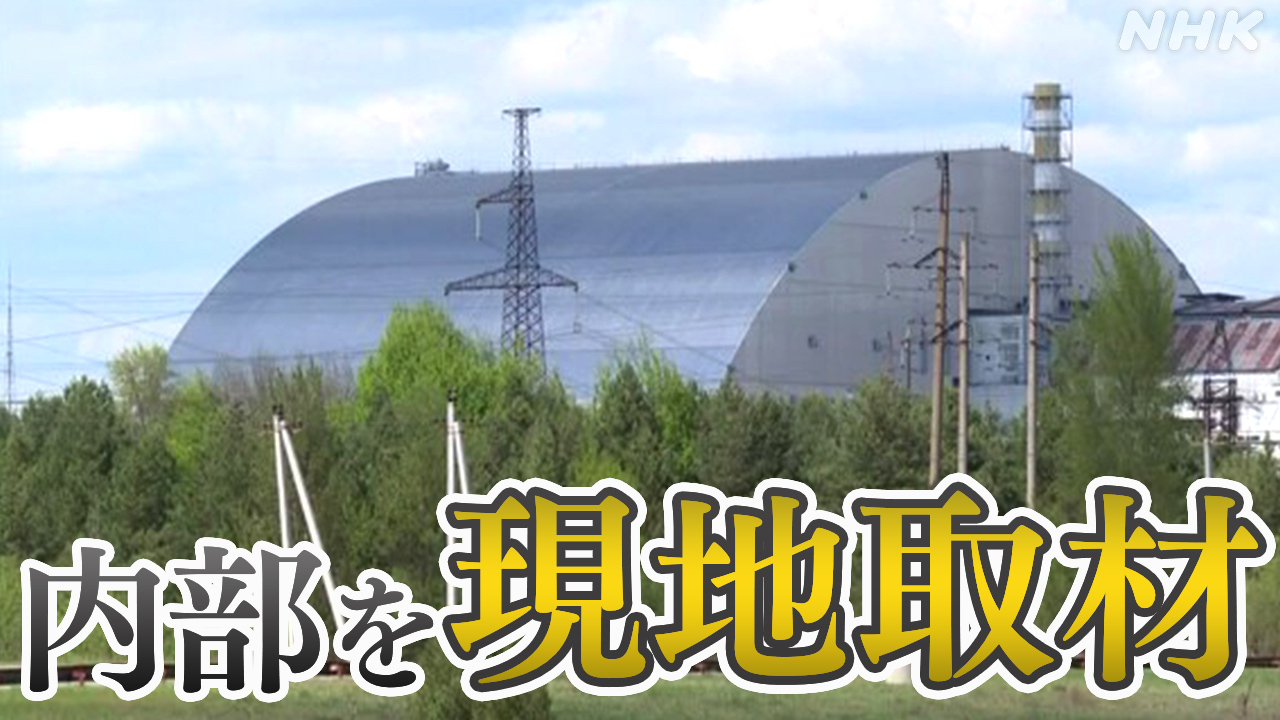Russian Attack Exposes Chernobyl Shelter's Vulnerability: A Deep Dive into the Nuclear Risk
The ongoing conflict in Ukraine has tragically highlighted the vulnerability of critical infrastructure, none more so than the precarious situation at Chernobyl. The Russian occupation and subsequent attacks have raised serious concerns about the long-term safety of the Chernobyl Nuclear Power Plant and its surrounding exclusion zone, jeopardizing global nuclear safety. This article delves into the specific vulnerabilities exposed by the Russian attack, examining the potential consequences and the ongoing efforts to mitigate the risk.
The Chernobyl Nuclear Power Plant: A Legacy of Danger
The Chernobyl disaster in 1986 remains the world's worst nuclear accident. While the reactor itself is encased in a massive sarcophagus, the surrounding area, a 1,000 square mile exclusion zone, still contains significant radioactive materials. The ongoing conflict has disrupted the monitoring and maintenance efforts, increasing the risk of radioactive leaks and environmental contamination.
Key Vulnerabilities Exposed by the Russian Invasion:
- Disruption of Monitoring and Maintenance: The Russian occupation led to the displacement of Ukrainian personnel responsible for monitoring radiation levels and maintaining the safety systems at Chernobyl. This interruption poses a severe threat to the integrity of the containment structure and the overall safety of the site.
- Damage to Infrastructure: Reports suggest that fighting near the plant caused damage to critical infrastructure, including power lines crucial for cooling the spent nuclear fuel stored on-site. Power outages could lead to overheating and potential meltdowns, releasing dangerous levels of radiation.
- Security Risks: The occupation raised concerns about the potential theft of radioactive materials or the deliberate sabotage of the site. Such actions would have catastrophic consequences, both locally and globally.
- Compromised Data & Communication: The disruption of communication lines has hampered the flow of crucial information about radiation levels and the plant's status, making it difficult for international organizations to assess the risk and coordinate appropriate responses.
- Impact on Waste Management: The safe storage and management of radioactive waste are crucial for long-term safety. The war has severely disrupted these processes, increasing the risk of accidental releases or environmental contamination.
The International Response and Ongoing Concerns
International organizations, including the International Atomic Energy Agency (IAEA), have expressed deep concern about the situation. The IAEA has called for the demilitarization of the Chernobyl zone and the restoration of Ukrainian control to ensure the safety and security of the plant. However, the ongoing conflict continues to hinder these efforts.
Long-Term Implications:
- Environmental Contamination: The potential for increased radioactive contamination poses a long-term threat to the environment and human health, potentially impacting the biodiversity of the exclusion zone and surrounding areas.
- Health Risks: Exposure to radiation can cause various health problems, including cancer, birth defects, and other serious illnesses. The disruption of safety protocols at Chernobyl increases the risk of long-term health impacts for both the local population and potentially wider areas.
- Global Security Concerns: A major nuclear accident at Chernobyl could have far-reaching global consequences, potentially leading to widespread panic and economic disruption.
What Can Be Done?
The immediate priority is to restore Ukrainian control over the Chernobyl plant and ensure the safety of the site. This necessitates a cessation of hostilities and international cooperation to secure the area, restore power supplies, and resume proper monitoring and maintenance. Long-term solutions involve improving the plant's safety infrastructure and developing more robust strategies for managing radioactive waste.
This situation underscores the urgent need for international collaboration in protecting critical infrastructure during times of conflict. The vulnerability of Chernobyl serves as a stark reminder of the devastating consequences of neglecting nuclear safety and the critical importance of maintaining peace and stability. Stay informed about the latest developments from reputable news sources and organizations like the IAEA.
Keywords: Chernobyl, Chernobyl Nuclear Power Plant, Russian invasion, Ukraine, nuclear safety, radiation, radioactive waste, IAEA, nuclear accident, environmental contamination, international security, global security
Related Articles (Internal Linking - Hypothetical):
- [Link to a hypothetical article about the history of Chernobyl]
- [Link to a hypothetical article about the environmental impact of Chernobyl]
External Links:
- [Link to the IAEA website]
- [Link to a reputable news source covering the conflict in Ukraine]
This article aims to provide accurate and up-to-date information. However, the situation at Chernobyl is rapidly evolving, so it's essential to consult reputable sources for the latest developments.
